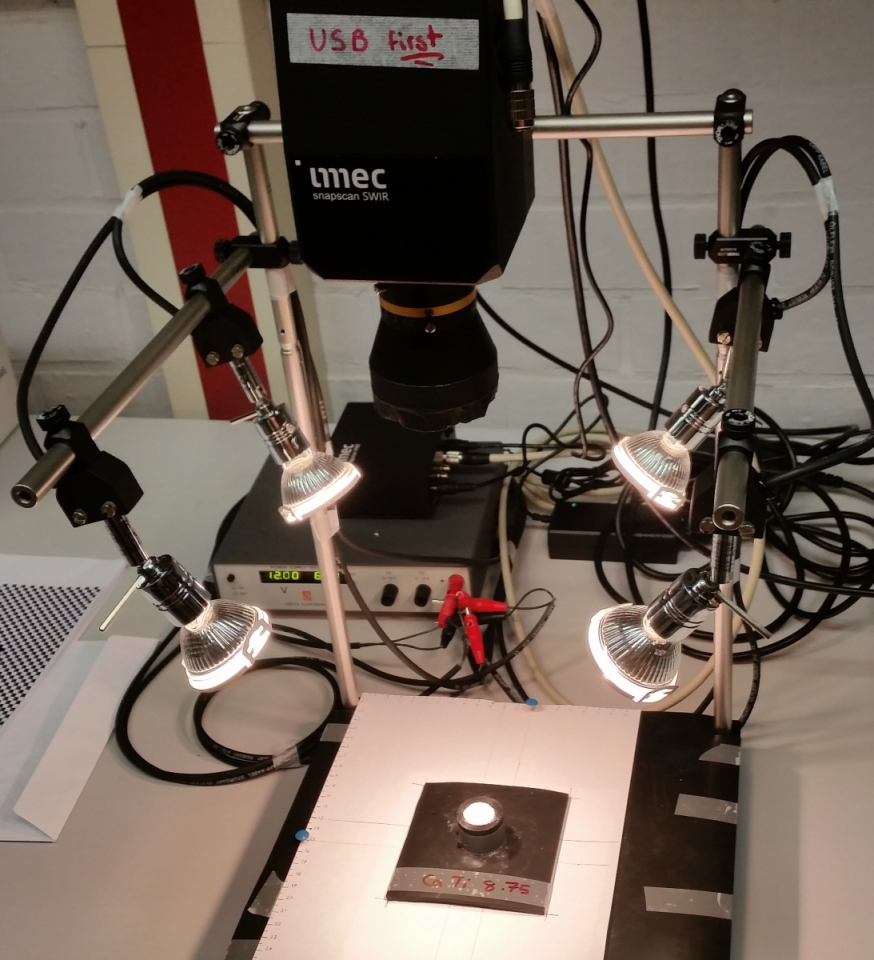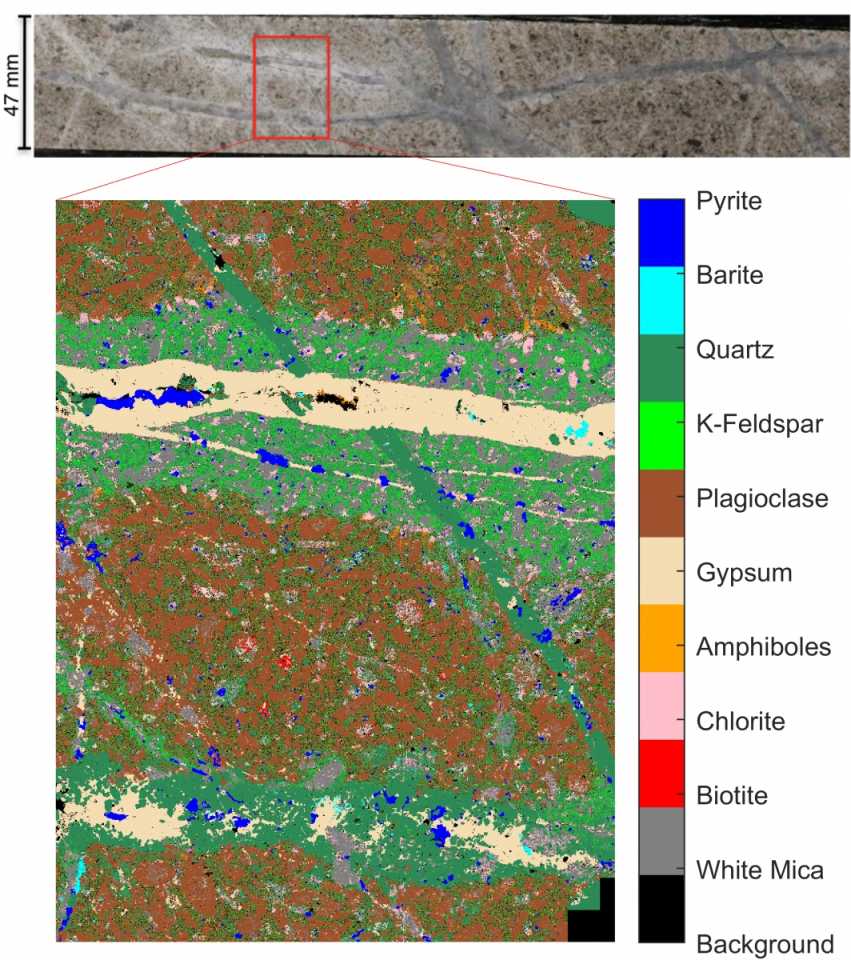Context and objectives
In remote sensing applications, hyperspectral imagery captures the reflectance spectra of the different materials that are present on the surface, with a high spectral resolution in a large wavelength range spanning visible and infrared light. Spectral mixing plays an important role in these airborne and space borne sensors, as the field of view of each pixel is relatively large. The spectrum in each pixel is a mixture of all components inside, and often even outside, the field of view. Spectral unmixing aims to decompose each pixel again into its constituent spectra, their abundances, and possible additional details such as geometrical or atmospheric information.
Several popular unmixing strategies exist, based on linear or bilinear models, and radiative transfer approaches. These techniques suffer from several drawbacks, and are typically incapable of dealing with higher-order optical interactions, atmospheric interference, or geometrical issues such as lighting received from objects in adjacent pixels or shadowing. Furthermore, most approaches assume that a single pure spectrum exists for each spectral component, unable to accommodate for naturally occurring spectral variability between specimens of the same class.
The main objective of the proposal is the creation of a powerful yet flexible hyperspectral unmixing methodology, based upon sound physical and geometrical principles, validated on extensive artificial and real data sets, and made publicly available through publication and sharing of program code. The unmixing methodology is based upon the recently developed multilinear mixing model, and will extend this state-of-the-art method with several additional capabilities.
In this project, we have tackled these problems by developing an unmixing methodology with capabilities that greatly surpass existing methods. In several work packages, we designed methods for handling spatial interference, shadowing, and spectral variability. The proposed approaches rely on geometrical and statistical modeling of the optical interactions, constrained optimization techniques for solving the resulting minimization problems, and exploiting insights into equivalent geometrical problems for speeding up search strategies, while not losing sight of the physical interpretation, feasibility and applicability in practical scenarios.
Project outcome
Scientific results
- We have developed a nonlinear spectral unmixing model that accounts for multiple reflections and shadow
- We have developed a supervised nonlinear spectral unmixing method that accounts for spectral variability
- We have validated the approach on binary powder mixtures, geological mineral samples and leaf optical parameter estimation
Potential users
Remote sensing research community
Outreach
GEOMIX: Gaining better understanding by breaking down the signal
GEOMIX: Hoe je beter inzicht kan verwerven door het signaal te ontrafelen
| Project leader(s): | UA - Vision Lab - Visielab | |||
| International partner(s) |
|
|||
| Location: |
Global Country:
|
|||
| Related presentations: | ||||
| Website: | https://www.uantwerpen.be/en/projects/geomix/ | |||


